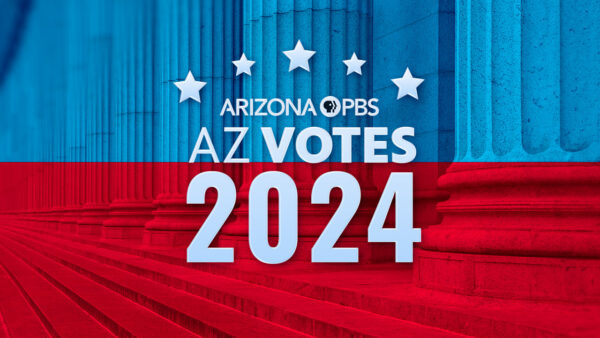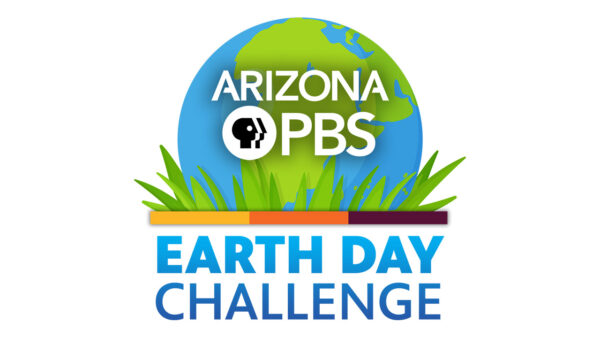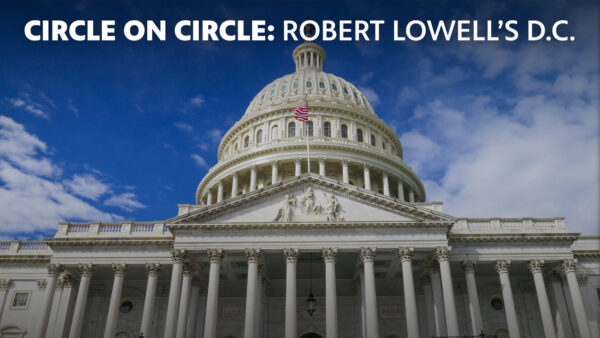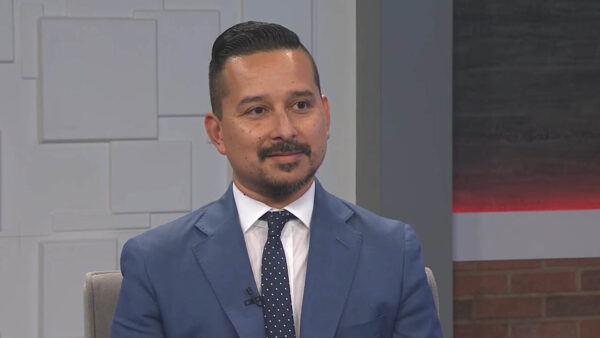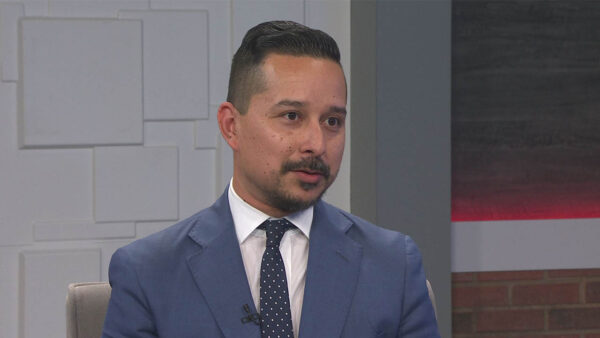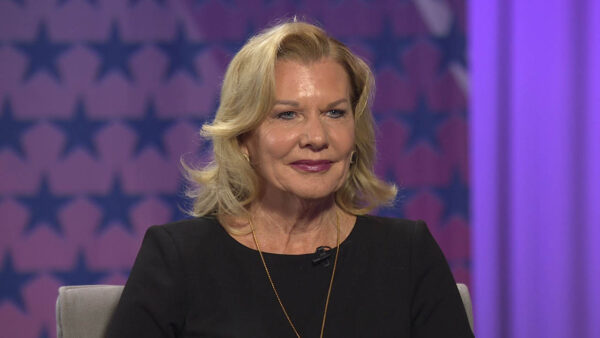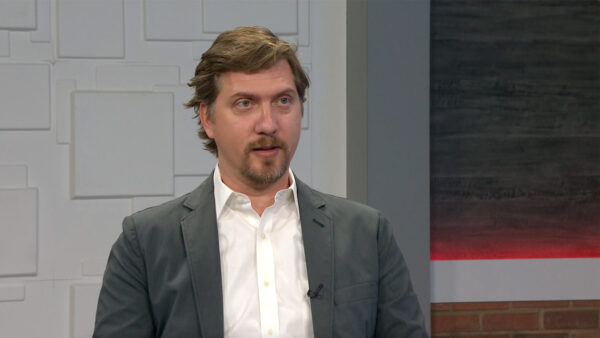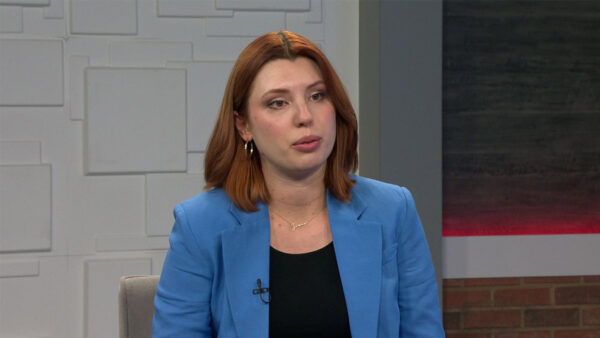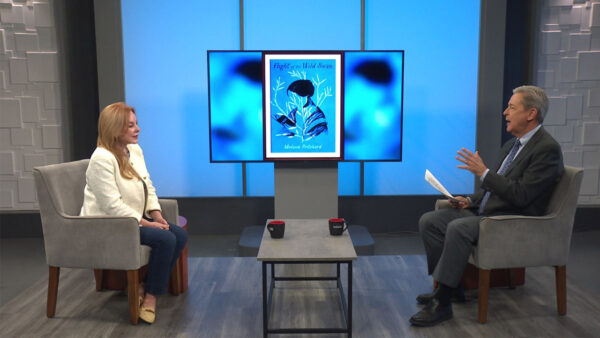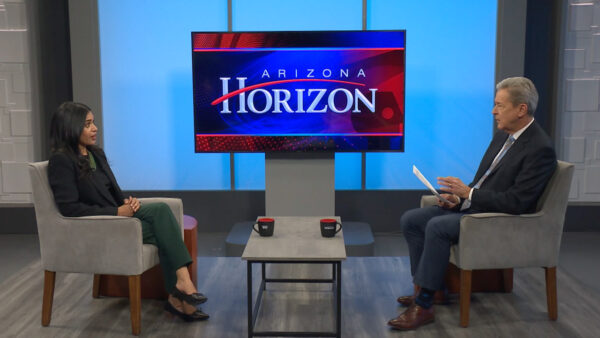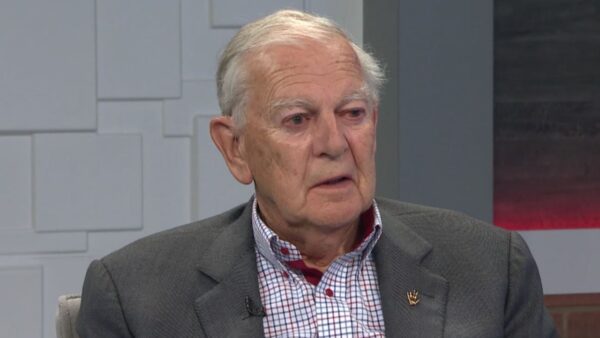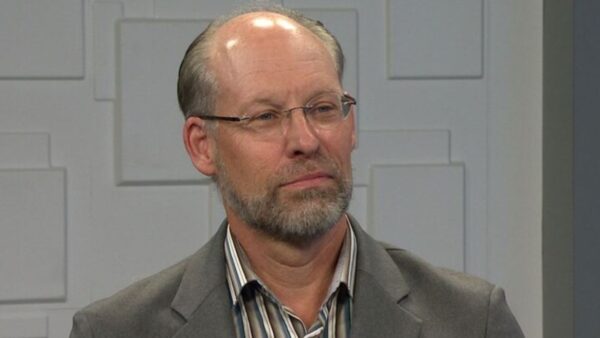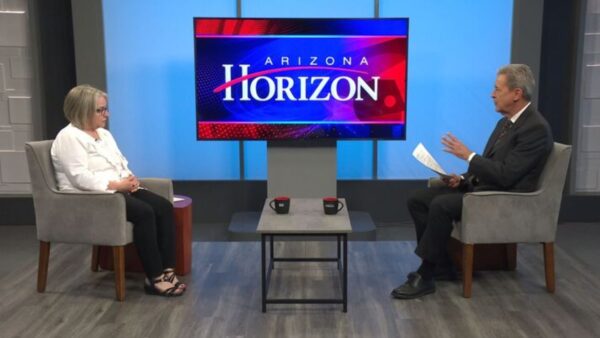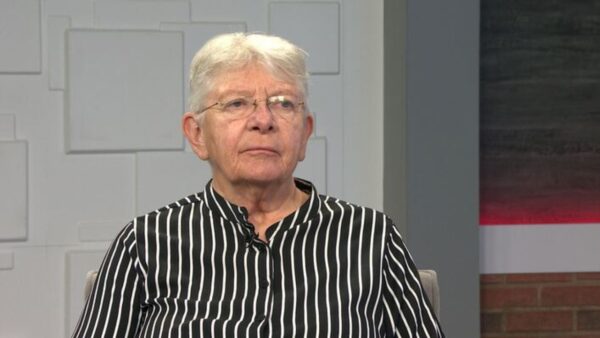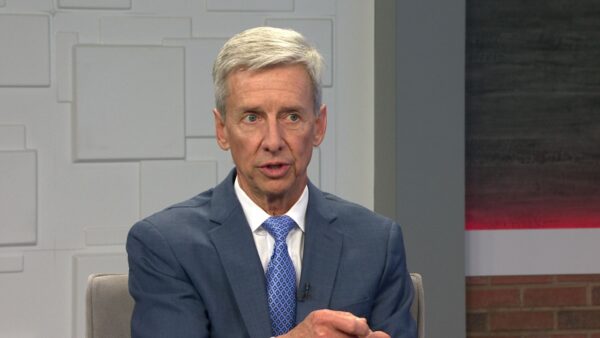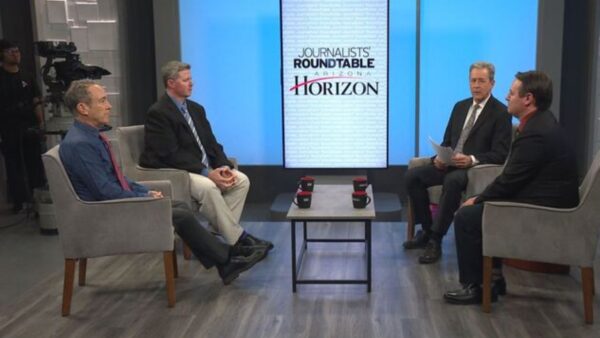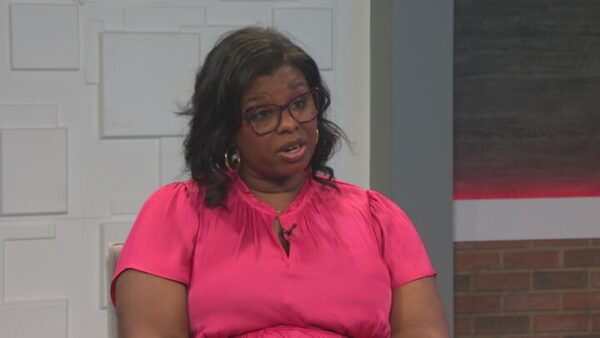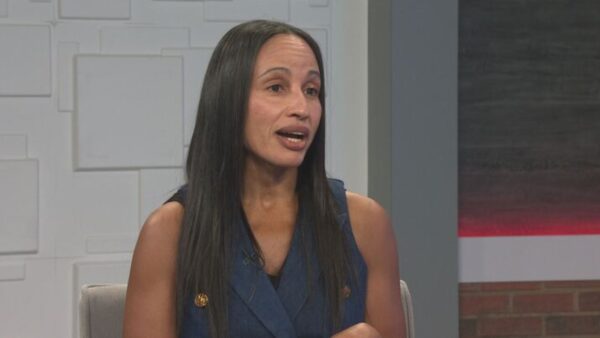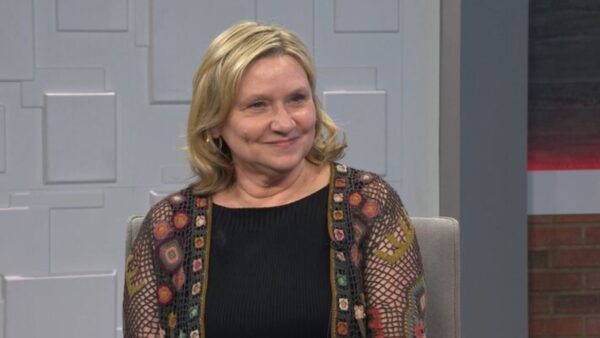The Sun Corridor is the region of Arizona made up of Phoenix, Tucson and areas north and south of the two major cities. Arizona State University’s Morrison Institute has released a new report about making the area more competitive globally and with other states. Dan Hunting, Senior Policy Analyst for Morrison and one of the report’s authors will discuss his findings.
Ted Simons: Arizona Sun Corridor is seen by many as an economic power waiting to happen. ASU's Morrison Institute is out with a new report on how to make the Sun Corridor more globally and nationally competitive. Dan Hunting is the Senior Policy Analyst for the Morrison Institute and one of the report's co-authors. Good to have you here, thanks for joining us.
Dan Hunting: Thanks for having me.
Ted Simons: The Sun Corridor, now correct me if I'm wrong, Prescott to Nogales or kind of something like that?
Dan Hunting: Kind of something like that. It's- you can think of very fluid boundaries. Our world we often think of things in sort of political terms, out in Maricopa County or in Congressional District 7. We're looking at an economic model here. Economies are not so easily defined as that.
Ted Simons: So it's basically- it's not necessarily a natural formation, it's a what you got for me formation.
Dan Hunting: It's actually a very natural formation that unlike political boundary where somebody sits in a room and decides this is going to be this City Council District; economic things like this grow up on their own accord, people just transacting business.
Ted Simons: So it is organic then?
Dan Hunting: Yes, absolutely!
Ted Simons: Okay, how much of a player in the world, in the United States, right now is the Sun Corridor.
Dan Hunting: The Sun Corridor if you look at us as an agglomeration of that Phoenix to Tucson and surrounding areas, it puts us almost in a top 10 market in the United States, as opposed to just Phoenix alone or maybe 12 or 13. It really bumps us up to the point where we're a big time player.
Ted Simons: And how do we become a bigger time player?
Dan Hunting: Well I think part of that is by leveraging the advantages you have of combining the two large economies of Phoenix and Tucson. There's a lot to be gained by looking at us as a combined economy.
Ted Simons: How do you do that, how do you push this regional thinking, this regional branding, if you will?
Dan Hunting: Well, branding is definitely a lot of it. We need to start thinking when we're looking to draw businesses here from out of state or from other places in the world; people aren't looking at Phoenix verses Tucson. If you're a German company looking to set up a manufacturing plant here they don't think about should I be in Phoenix or Tucson? They think should I be in L.A. or should I be in that desert place a little inland there.
Ted Simons: So with that in mind how do you get the cooperation, how do you get this idea of everyone working together?
Dan Hunting: Well I think it's just going to take a lot of creative thinking on the part of our leaders. They need to recognize that this is a real thing, it's really there, to consider what's happening 100 miles up or down the road in making those decisions.
Ted Simons: I know the Sun Corridor's strongest assets were addressed in the report. You mentioned geography as a natural asset. Talk to us about that.
Dan Hunting: Well, one of the things that people think when they first hear this concept of Phoenix and Tucson as a combined economy is they immediately see a nightmare scenario of a sea of red tile roofs stretching down I-10. That will never really happen because of our geography here. We have a large percentage of the land, about 60% of the land in the Sun Corridor, is actually protected in one way or another. It's national forest or tribal lands, BLM lands. So what makes the Sun Corridor unique is we have got this large, dense urban population with these wonderful protected lands nearby. So that's a real strong point for us I think.
Ted Simons: Okay, Another strong point I think that you mentioned in the report at least, it was certainly an influence in the report, is demographics. Impact on the Sun Corridor.
Dan Hunting: Yes. Well, there's sometimes an image that Arizona is an old state, that we think of Sun City and things like that. We actually have a nice advantage that we have, a strong young population. We have a lot of young, eager workers that are ready to get in and do the work that we need to grow this economy. The difference, of course, is that many of them are Hispanic and we need to figure out how to educate that population and get it to really participate fully in our economy.
Ted Simons: Okay, those are the Sun Corridor's greatest assets. What are the Sun Corridor's greatest challenges?
Dan Hunting: That's a good question. I would say our greatest challenge is to continue in sort of old school thinking and look at provincially what's good for Tucson, what's good for Mesa, what's good for Phoenix, and not look at this as a whole entity.
Ted Simons: How do you do that? How do you get that mindset changed?
Dan Hunting: That's going to be tough, that's going to take a lot of creative thinking by people that are going to need to think outside of the box and reach across the aisle and across the city boundaries there to look at a larger picture.
Ted Simons: Major competitors right now for the Sun Corridor, what are we looking at here?
Dan Hunting: Well you're looking at certainly Denver, the Front Range area, and Atlanta, places like that. What happens when we move up to this larger stage is we end up competing with those larger players. It's an advantage especially if you look at a place like Tucson.
Ted Simons: Compare us to the Front Range, the Denver area.
Dan Hunting: The Sun Corridor economy is actually larger than the Front Range economy. The Sun Corridor economy is actually larger than the entire states of Idaho, Montana, Wyoming and New Mexico combined. I think a lot of people sort of think of us as still this big city but not that big. The Sun Corridor economy and the Sun Corridor population is really, really large. It's the largest in the intermountain west.
Ted Simons: Okay, so with that in mind, and I remember hearing about the Sun Corridor years ago, before the recession if you will. It seemed like everyone was talking Prescott to Nogales, or some points close there, and we're going to be a superpower in 10 to 15 to 20 years from now. What happened?
Dan Hunting: Well what happened obviously is the economy crashed. I think that that casting of it as the Sun Corridor is going to be something that happens in the future, I think that was a miscalculation. My argument has always been the Sun Corridor exists now whether we like it or not. It's a matter of acknowledging that realty of what's really there.
Ted Simons: So, with that in mind last question, what do we take from this report on the Sun Corridor?
Dan Hunting: What we take from this report is we get together; we act as a global player, and not just think of ourselves as a local provincial player.
Ted Simons: And we can do that from this southwest area where really the- Mexico is the closest international partner?
Dan Hunting: I think Mexico is a key part of this. Our data tends to sort of stop at the Mexican border, but just as the Phoenix economy bleeds over into Mesa and Tucson, the Arizona economy bleeds down into Tucson and Mexico. So that's a key part of our economy that we need to capitalize on.
Ted Simons: Well all right, very interesting stuff. Let's hope we hear more about the Sun Corridor, not have that big old dark period when we didn't hear about it too much at all. Good report. Interesting stuff. Thanks for joining us.
Dan Hunting: Thank you very much.
Dan Hunting:Senior Policy Analyst, Morrison Institute at Arizona State University;
